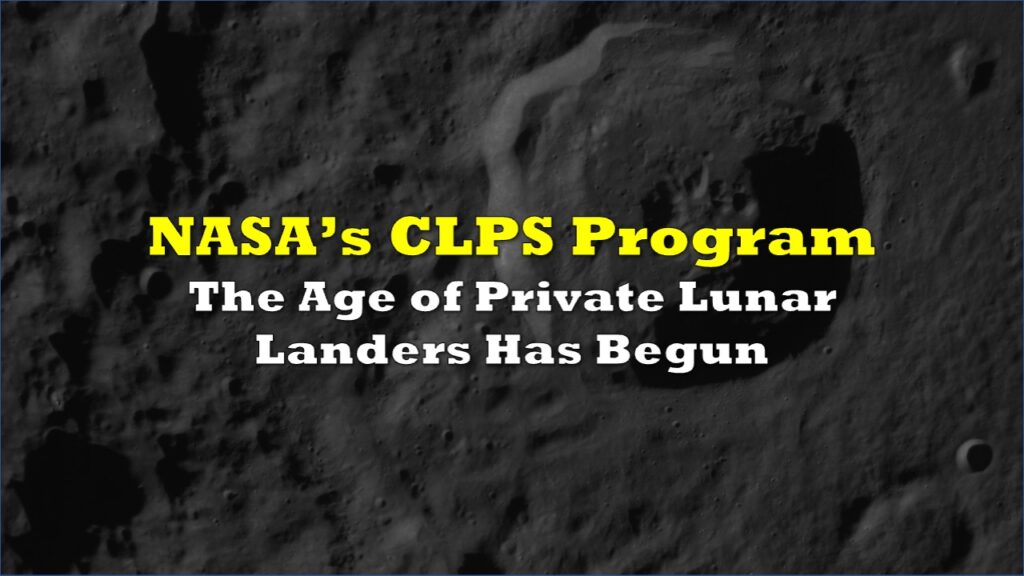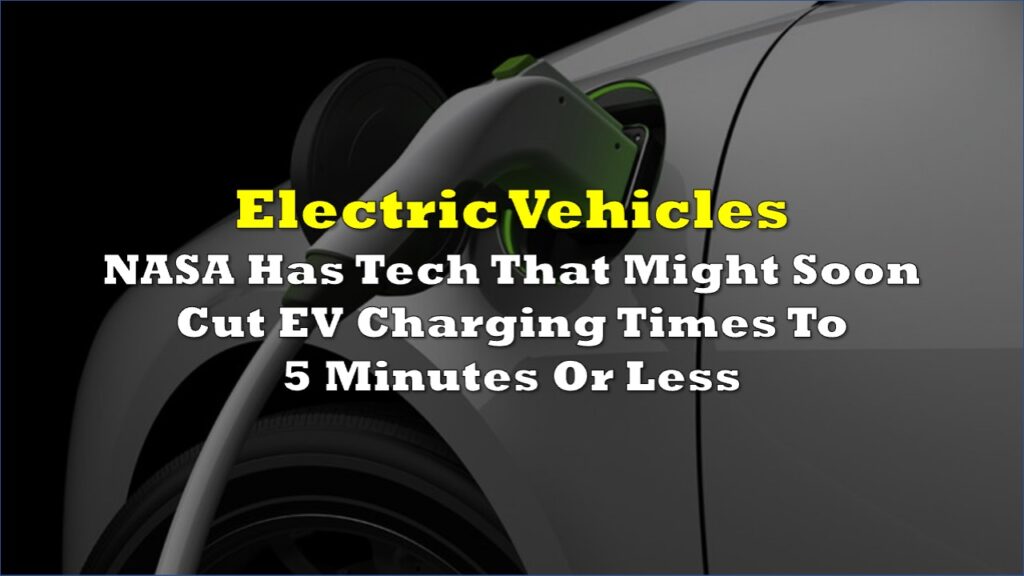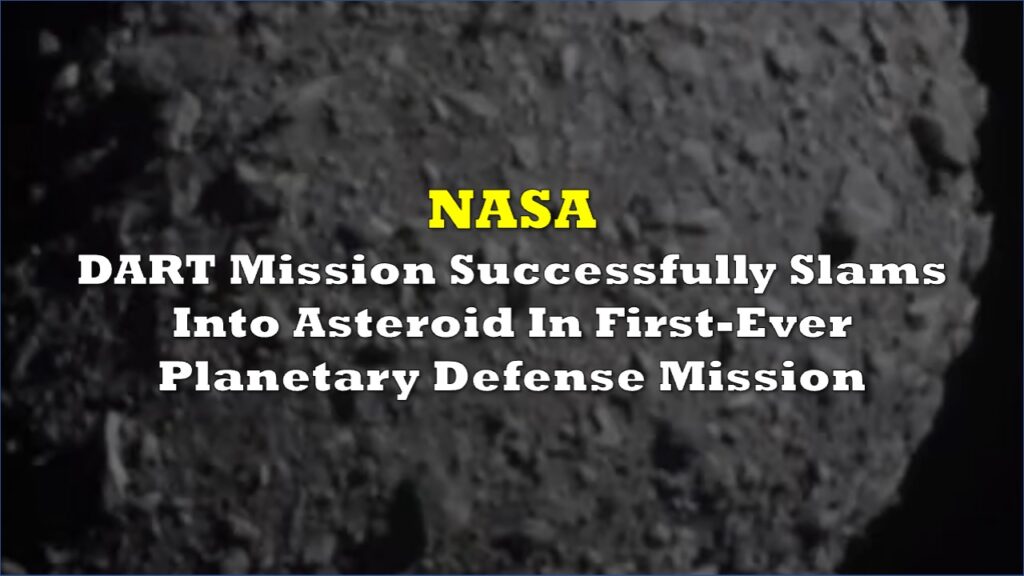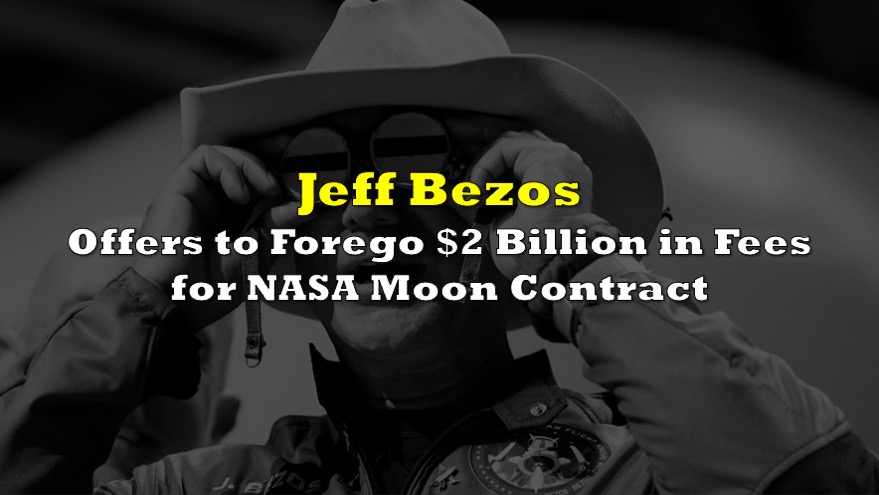Boeing Co.‘s (NYSE: BA) problems aren’t limited to its planes.
NASA has postponed the return of two astronauts from the International Space Station (ISS) due to technical issues with Boeing’s Starliner spacecraft. Suni Williams and Butch Wilmore, who were testing the new vessel, will remain on the ISS while engineers investigate multiple helium leaks and thruster malfunctions.
The Starliner launched on June 5 despite a small helium leak, which engineers initially believed would not impact the mission. However, four additional leaks developed during the flight, and five of the spacecraft’s 28 maneuvering thrusters failed during its approach to the ISS. Although four of these thrusters were restarted, the issues prompted NASA to delay the return mission.
Boeing keeps messing up things, now in space!
— David Roth-Lindberg (@RothLindberg) June 26, 2024
"It turns out that the Boeing Starliner, the same one that is now stuck in orbit due to a helium leak, had a hatch fall off during transportation to the launch position.
It’s a Boeing!"
– MyLordBebo pic.twitter.com/Zjoeg3UPEV
Originally scheduled for an eight-day mission, the return date was initially postponed to June 26. However, NASA has now further delayed the return to July, pending a high-level review of the technical problems. The space agency emphasizes that the astronauts are not in danger, and the Starliner is certified for emergency returns if necessary.
Related: Dozens of Boeing Employees Join Fight for Better Safety Measures Despite Whistleblower Deaths
The decision to launch despite the initial leak has raised questions among experts. Dr. Adam Baker, head of Rocket Engineering, suggests that while he understands the pressure to proceed, it may have been wiser to investigate and repair the leak before launch. Dr. Simeon Barber of the Open University expresses concern that these issues were not identified during previous uncrewed tests of the Starliner.
NASA’s review will focus on identifying the root cause of the helium leaks and thruster problems to ensure a safe return for the astronauts. The agency must also consider why these issues weren’t detected earlier in the development process. SpaceX’s Dragon capsule remains a backup option for the astronauts’ return.
Information for this story was found via the sources and companies mentioned. The author has no securities or affiliations related to the organizations discussed. Not a recommendation to buy or sell. Always do additional research and consult a professional before purchasing a security. The author holds no licenses.


















